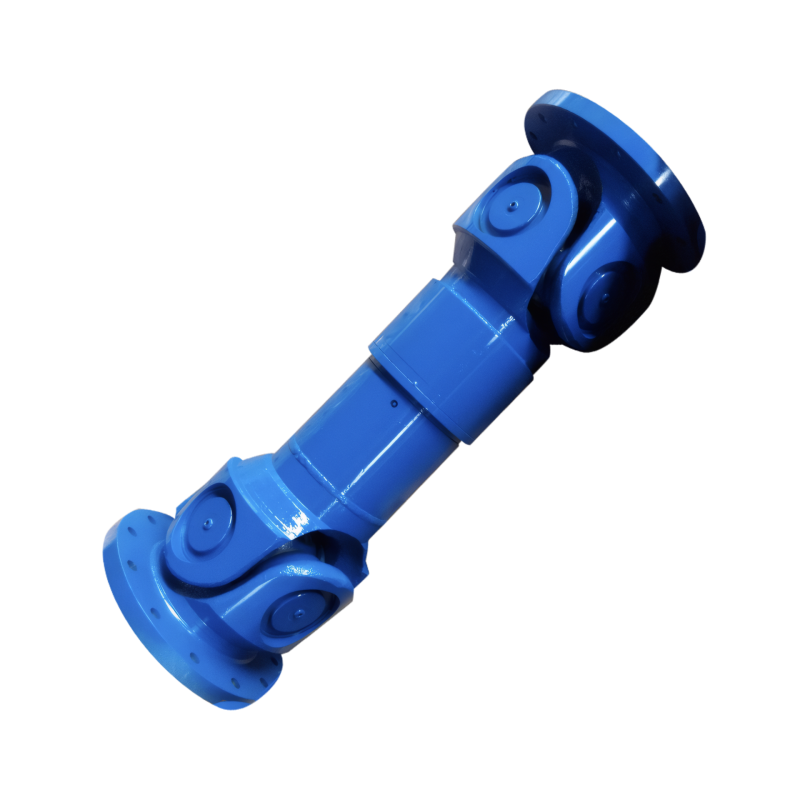The durability of the drive shaft for off-road vehicles
Durability Analysis of Off-Road Vehicle Drive Shafts
Structural Design and Load Capacity
Off-road vehicle drive shafts require specialized structural designs to withstand extreme operating conditions. The typical tubular construction combines high-strength alloy steel with precise wall thickness ratios to balance torsional rigidity and weight reduction. For example, hollow shafts with 8-12mm wall thickness are common, enabling them to transmit 800-1,200 N·m of torque while maintaining fatigue resistance over 500,000 operational cycles.
The inclusion of telescopic slip joints proves critical for accommodating suspension travel. These components must maintain consistent torque transmission while allowing 50-80mm of axial movement. Advanced designs incorporate spline systems with 20-24 teeth to distribute loads evenly, reducing stress concentrations by 40% compared to traditional keyway connections.
Universal joints in off-road applications face angular displacements exceeding 20° during extreme articulation. This requires the use of constant-velocity joints with needle roller bearings capable of operating at angles up to 25° without significant speed variation. The bearing housing geometry is optimized through finite element analysis to prevent premature failure under combined torsional and bending loads.
Environmental Adaptability Factors
Off-road environments impose unique challenges on drive shaft durability. Temperature extremes from -40°C to +80°C necessitate materials with stable mechanical properties across this range. Alloy steels containing chromium and molybdenum demonstrate 30% better fatigue resistance than standard carbon steels under thermal cycling conditions.
Water and mud exposure require comprehensive sealing solutions. Double-lip seals with stainless steel garter springs maintain IP67 protection ratings, preventing contaminant ingress into universal joint bearings. In saltwater environments, epoxy-based coatings applied through electrostatic spraying provide 500-hour salt spray resistance, extending component life by 3-5 years.
Vibration isolation becomes particularly important in off-road applications. Rubber dampers with 50-60 Shore A hardness reduce resonance frequencies below 50Hz, minimizing stress amplification during high-frequency impacts. These dampers also absorb 70-80% of shock loads from wheel impacts, protecting the drive shaft from instantaneous overload conditions.
Maintenance Practices for Extended Service Life
Proper maintenance significantly impacts off-road drive shaft longevity. Lubrication intervals should follow manufacturer recommendations, typically requiring re-greasing every 5,000-8,000 kilometers with lithium-complex greases rated for -30°C to +150°C operation. Special attention must be paid to universal joint cross bearings, which require 15-20 grams of grease per bearing cup.
Alignment checks become essential after suspension modifications or extreme off-road use. Misalignment exceeding 1.5° can induce additional bending stresses, reducing component life by 50% or more. Laser alignment tools enable precise measurement of drive shaft angles, ensuring proper operation within the designed ±0.5° tolerance range.
Damage detection requires regular inspection protocols. Visual checks for paint cracking or rust bloom can identify stress corrosion cracking in its early stages. Vibration analysis using accelerometers mounted on differential housings helps detect imbalance conditions before they lead to catastrophic failure. Data shows that preventive replacement based on vibration amplitude thresholds can reduce unscheduled downtime by 70%.
 Customized design of drive shafts for special vehicles
Customized design of drive shafts for special vehicles
 The durability of the drive shaft for off-road vehicles
The durability of the drive shaft for off-road vehicles
 Introduction to the structural strength of truck drive shaft
Introduction to the structural strength of truck drive shaft
 The layout of the drive shaft for a four-wheel drive vehicle
The layout of the drive shaft for a four-wheel drive vehicle
 简体中文
简体中文 English
English
